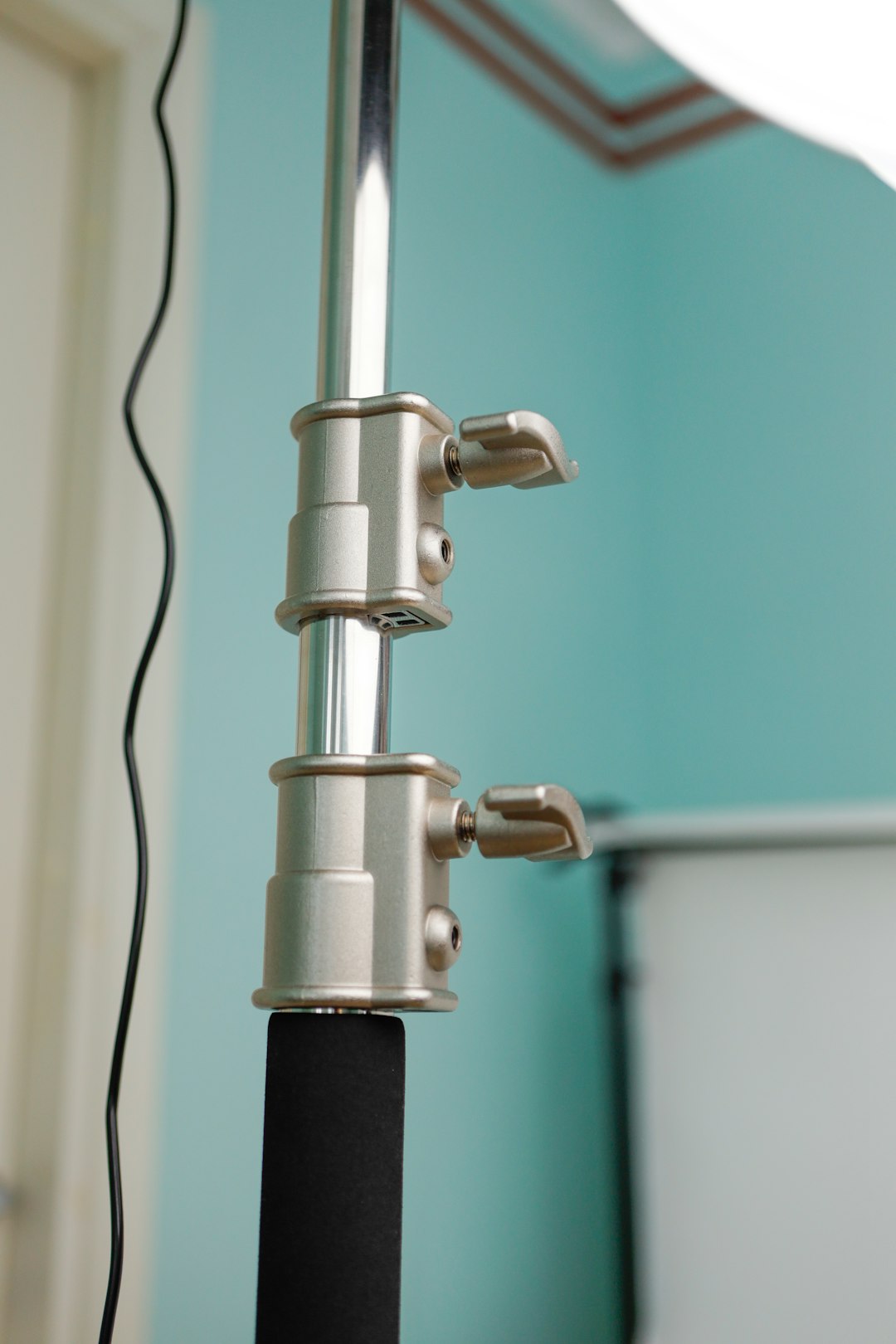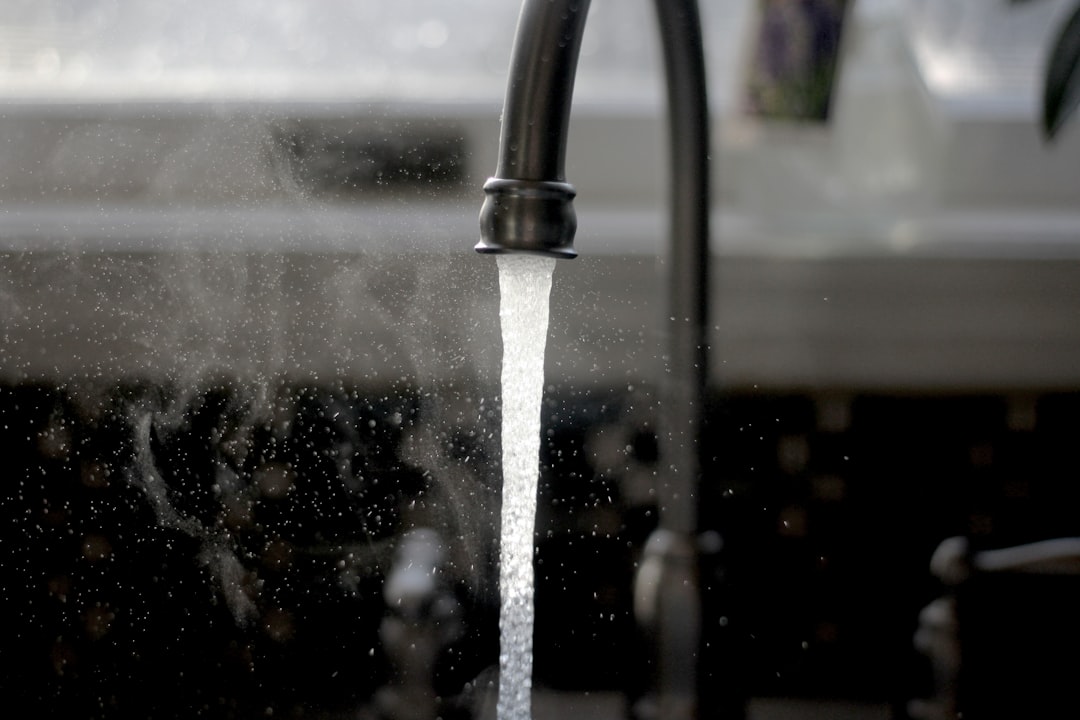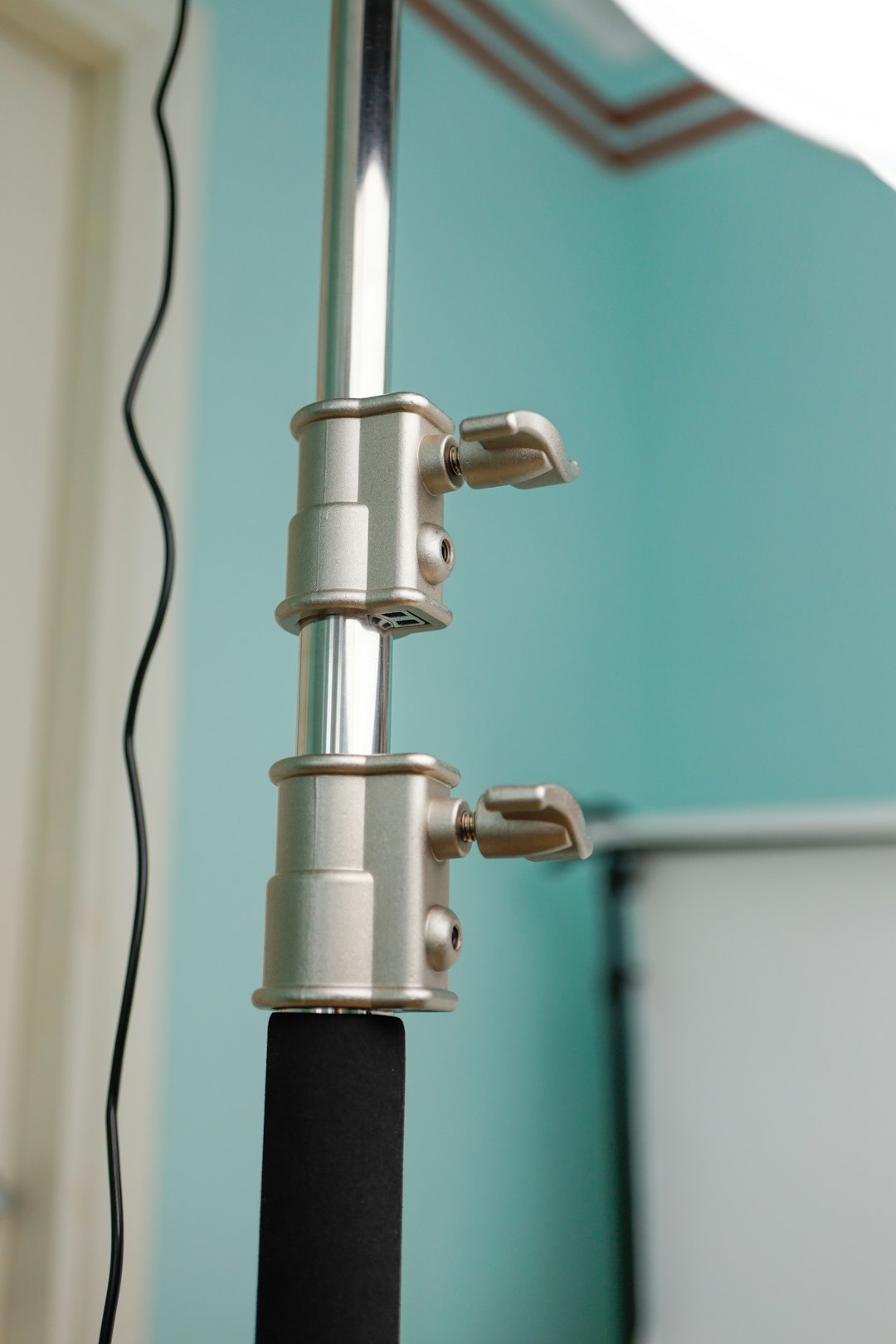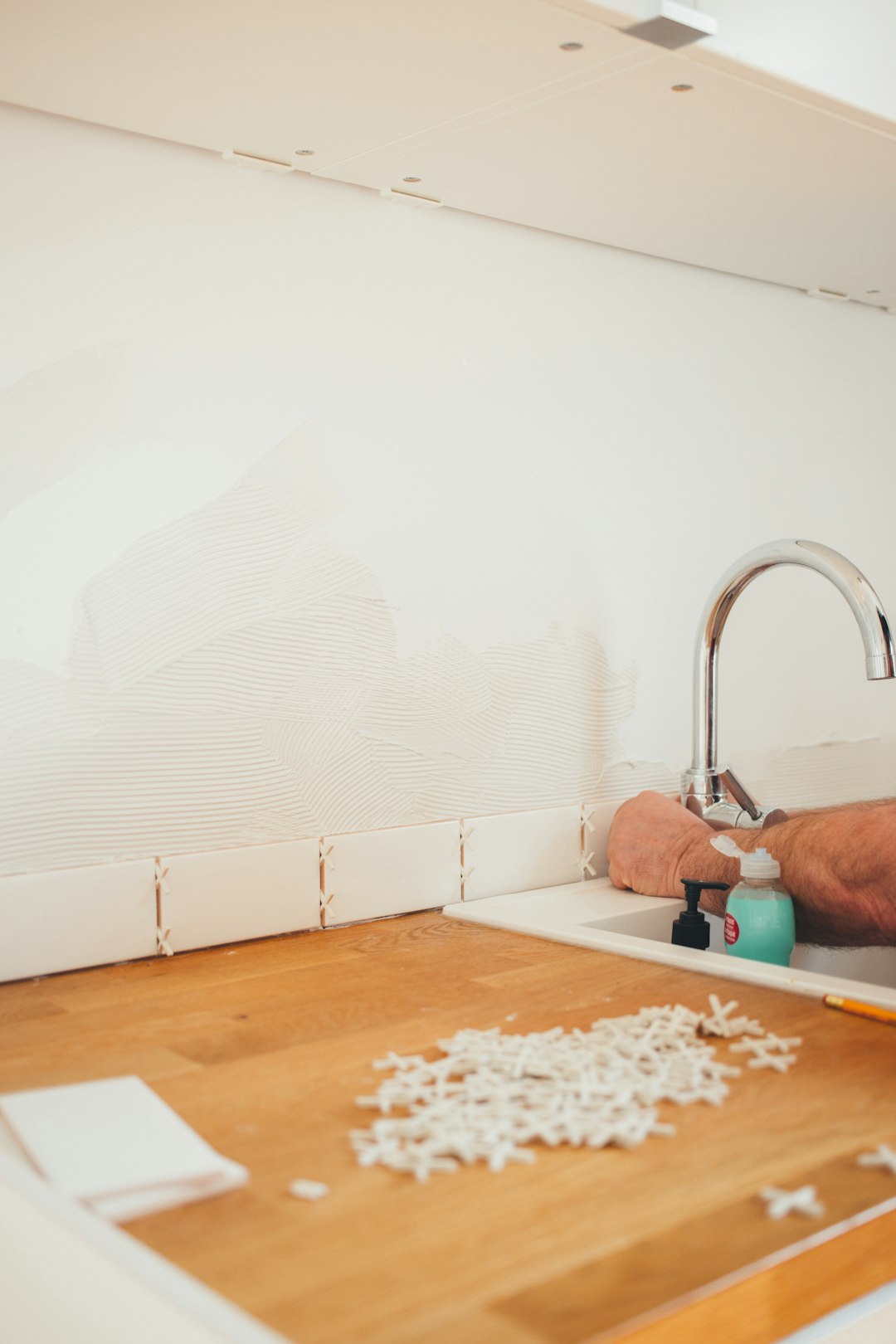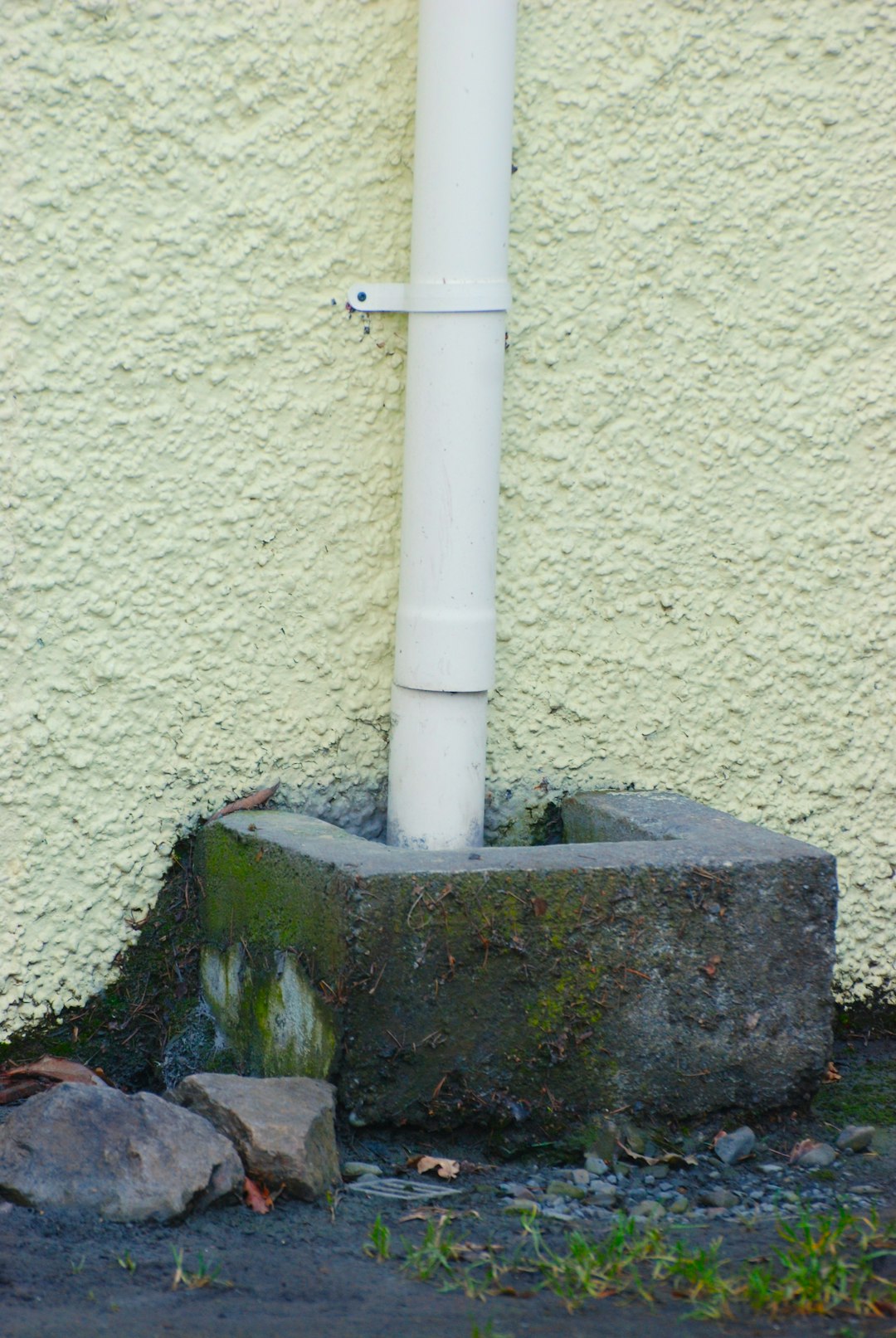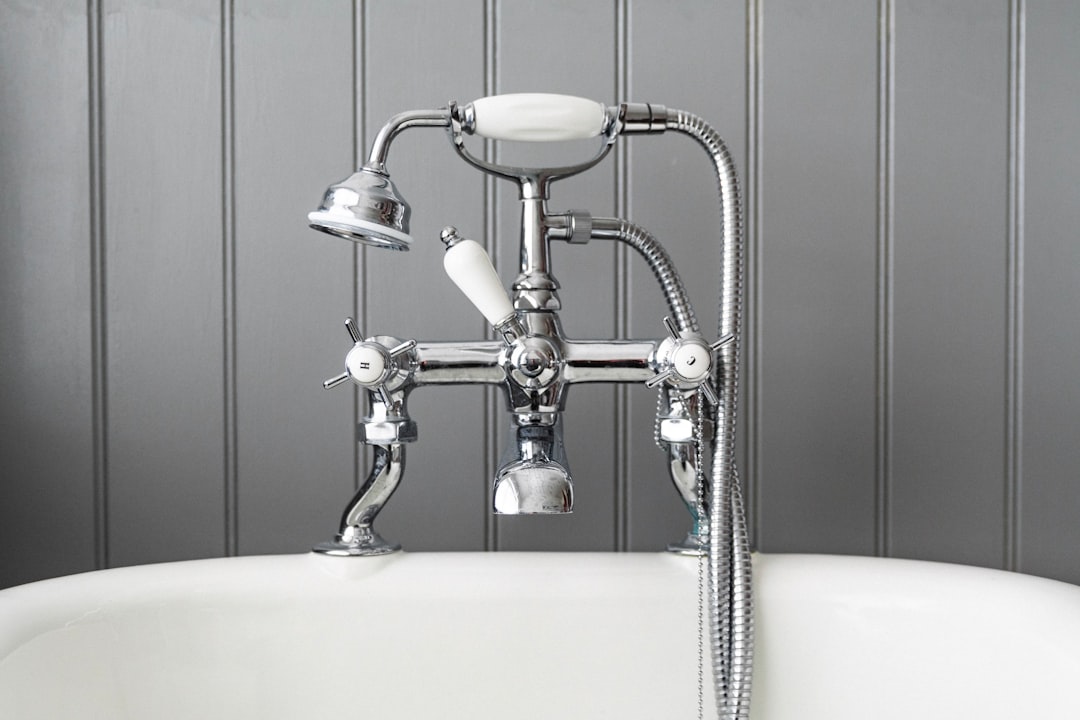Table of Contents
- Introduction
- Plumbing pipe replacement
- Plumbing fixture installation
- Plumbing emergency service
- Plumbing drain cleaning
- Plumbing water heater service
- Plumbing leak detection
- Plumbing sewer line repair
- Plumbing backflow prevention
- Conclusion
- Frequently Asked Questions
Introduction
Plumbing is an essential yet often overlooked aspect of modern living. Every time you turn on a tap or flush a toilet, you rely on a complex system of pipes and fixtures to function seamlessly. But have you ever stopped to consider the wide array of plumbing services available to keep these systems running efficiently? From routine maintenance to emergency repairs, the world of plumbing is as diverse as it is crucial.
This article serves as a comprehensive guide to the different types of plumbing services that can help homeowners navigate their plumbing needs. Whether it’s the urgency of a burst pipe or the intricacies of new installations, understanding the various services can make all the difference. We’ll explore everything from basic repairs to advanced installations, ensuring you’re well-equipped for any plumbing challenge.
Join us as we delve deeper into the pipeline of plumbing services, uncovering tips and insights that will empower you to make informed decisions for your home. Let’s get started!
Plumbing pipe replacement
Plumbing pipe replacement is a critical service that addresses issues related to old, damaged, or corroded pipes within a plumbing system. Over time, pipes can wear out due to various factors such as age, soil conditions, or water quality. When pipes become compromised, they may leak, cause water damage, or lead to reduced water pressure.
The replacement process typically involves assessing the existing plumbing setup to determine the extent of the damage. Licensed plumbers will often use advanced techniques like video inspection to accurately diagnose issues without invasive methods. Once the problem is identified, appropriate materials, such as PVC, copper, or PEX, are selected for the new pipes, each offering different benefits.
Replacing plumbing pipes can not only improve water flow and quality but also enhance the overall efficiency of the plumbing system. Homeowners are encouraged to schedule regular inspections to detect potential issues early, ensuring that any necessary pipe replacements are handled promptly and effectively, ultimately protecting their property and investments.
Plumbing fixture installation
Plumbing fixture installation is a crucial aspect of plumbing services, involving the proper setup and connection of various plumbing fixtures within a property. This can include sinks, toilets, showers, and bathtubs, which play vital roles in daily activities such as cooking, bathing, and sanitation.
Installing these fixtures requires a comprehensive understanding of plumbing systems, including water supply lines, drainage, and venting. Professional plumbers ensure that fixtures are securely mounted, sealed, and connected to prevent leaks and other issues. It is important that fixtures are installed according to local codes and regulations to ensure safety and functionality.
Additionally, when installing fixtures, considerations such as water pressure, accessibility, and aesthetic appeal come into play. Proper installation not only enhances the convenience of using the fixtures but also contributes to the overall efficiency of the plumbing system. Homeowners should always consult trained professionals for fixture installation to avoid potential complications and to ensure a quality job that stands the test of time.
Plumbing emergency service
Plumbing emergency services are specialized services designed to address urgent plumbing issues that require immediate attention. These emergencies can range from severe leaks and burst pipes to overflowing toilets and malfunctioning water heaters. The main objective of these services is to quickly resolve the issue to prevent further damage to the property and ensure the safety of the occupants.
Emergency plumbing services are available 24/7, providing homeowners and businesses with peace of mind knowing that help is just a phone call away. Plumbers who specialize in emergencies are trained to quickly assess the situation, diagnose the problem, and implement effective solutions in a timely manner.
Common plumbing emergencies may include clogged drains, gas leaks, and sewer backups. Addressing these issues swiftly can reduce costly repairs and protect the integrity of the plumbing system. Additionally, many emergency plumbers also offer preventative maintenance services to help minimize the risk of future emergencies.
Plumbing drain cleaning
Plumbing drain cleaning is an essential service aimed at removing clogs and blockages in the drainage systems of homes and commercial establishments. Over time, debris such as hair, grease, soap residue, and food particles can accumulate within pipes, leading to slow drainage or complete blockages. Regular drain cleaning helps to maintain the efficient flow of water and prevent costly repairs in the future.
There are several methods used for drain cleaning, including snaking, hydro jetting, and chemical treatments. Snaking involves using a flexible auger to reach and dislodge clogs deep within the pipes. Hydro jetting utilizes high-pressure water streams to clear stubborn blockages and clean the internal surfaces of the pipes, ensuring thorough removal of buildup. Chemical treatments may also be used but should be approached with caution, as harsh chemicals can sometimes damage pipes.
Professional plumbing services are equipped with the necessary tools and expertise to effectively assess the condition of your plumbing system and choose the best drain cleaning method for your specific needs. Regular maintenance through drain cleaning can extend the lifespan of your plumbing system and enhance overall sanitation.
Plumbing water heater service
Plumbing water heater service encompasses a variety of tasks aimed at ensuring the efficiency and longevity of your water heating system. This service includes installation, repair, and maintenance of both traditional tank water heaters and tankless models. Proper installation is crucial, as it affects energy efficiency and safety.
Regular maintenance is also essential, involving tasks such as flushing the tank to remove sediment buildup, checking the anode rod for corrosion, and inspecting the thermostat for accurate temperature readings. These practices can significantly extend the life of the heater and prevent unexpected breakdowns.
In cases where repairs are needed, plumbing professionals can diagnose issues such as leaks, inconsistent water temperatures, or strange noises. Quick and effective repairs not only restore functionality but also prevent further damage.
Ultimately, investing in plumbing water heater service contributes to the reliable supply of hot water, which is vital for daily activities. Homeowners should schedule regular inspections to keep their water heating systems in optimal condition.
Plumbing leak detection
Plumbing leak detection is a critical service aimed at identifying hidden leaks within plumbing systems. These leaks can occur in various locations, including pipes, fixtures, and even underground lines. Timely detection is essential to prevent water wastage, structural damage, and expensive repairs. Different methods are employed by professionals to locate leaks effectively.
One common technique is acoustic leak detection, which uses sound waves to identify the location of a leak. As water escapes from a pipe, it generates a sound that can be amplified and analyzed by specialized equipment. Another method is infrared thermography, which detects temperature variations on surfaces, indicating the presence of moisture from a leak.
Additionally, video camera inspections are used to visually assess the interior of pipes, allowing plumbers to spot significant issues without invasive procedures. Regular plumbing maintenance can help prevent leaks, but when they do occur, timely detection and repair are crucial for maintaining the integrity of a home’s plumbing system and ensuring water conservation.
Plumbing sewer line repair
Plumbing sewer line repair is an essential service that addresses issues related to a home’s drainage system. Over time, sewer lines can become damaged due to various factors such as tree root intrusion, deterioration of pipes, or blockages caused by waste buildup. When these issues arise, it can lead to serious problems like sewage backups, unpleasant odors, and even structural damage to the property.
Repairing sewer lines often involves a thorough inspection using video camera technology to identify the specific location and nature of the problem. Once the issue has been identified, plumbers may employ various techniques for repair. These may include traditional digging methods or more modern solutions such as trenchless repair, which minimizes disruption to the landscape.
In addition to repair, regular maintenance of sewer lines is crucial to prevent future issues. Homeowners should consider having their sewer lines inspected periodically to catch any potential problems early. Understanding the types of plumbing services available for sewer line repair can help ensure that a home’s plumbing system remains efficient and functional.
Plumbing backflow prevention
Plumbing backflow prevention is a critical aspect of maintaining safe and potable water systems. It refers to the methods and devices used to prevent the reverse flow of water in plumbing systems, which can lead to contamination of clean water supplies. Backflow can occur due to various reasons, including changes in water pressure, which may happen during maintenance or due to heavy usage in the system.
One of the most common devices used in backflow prevention is the backflow preventer, which operates by allowing water to flow in only one direction. These devices are essential in residential, commercial, and industrial settings to protect against the risk of pollutants entering the water supply. Regular maintenance and testing of backflow prevention systems are necessary to ensure they are functioning correctly. Failure to address backflow issues can lead to serious health risks for individuals and communities.
In addition to installing prevention devices, it is vital to be aware of local regulations and codes regarding backflow prevention to ensure compliance and the safety of drinking water.
Conclusion
In conclusion, understanding the various types of plumbing services is essential for maintaining the health and efficiency of your plumbing system. From pipe replacements to leak detection and backflow prevention, each service plays a vital role in ensuring your home remains safe and functional. Regular maintenance and timely repairs can save homeowners from costly emergencies and enhance the overall quality of life. If you find yourself facing a plumbing issue or simply wish to ensure that your system is in top shape, don’t hesitate to reach out for professional assistance. Call 573-555-2121 today to discuss your plumbing needs and schedule an appointment with our skilled technicians who are ready to assist you with all your plumbing requirements!
